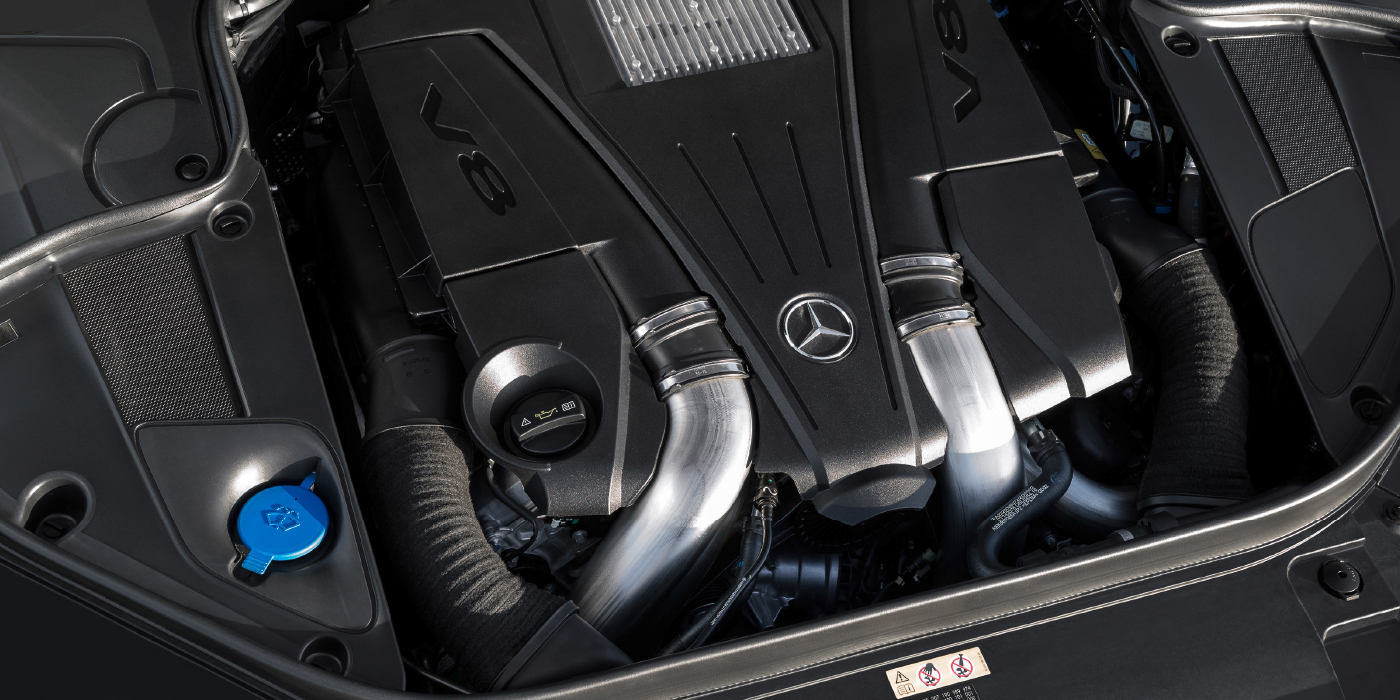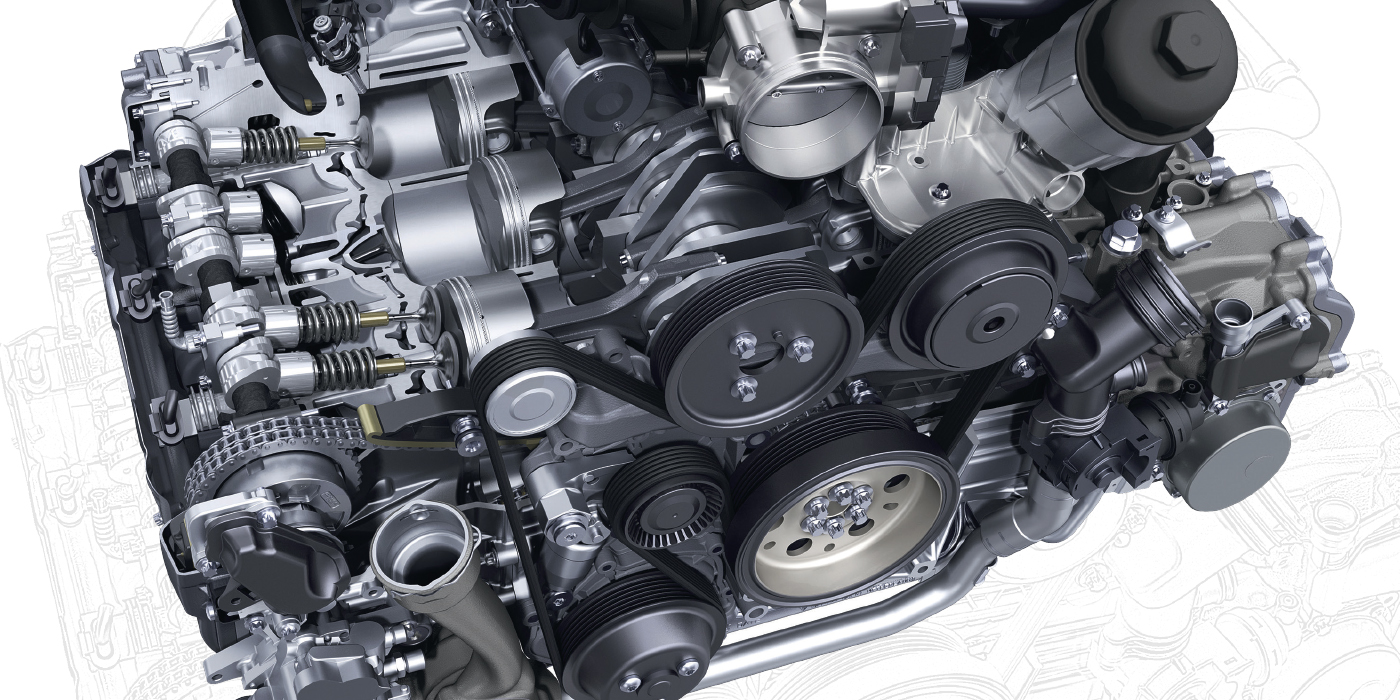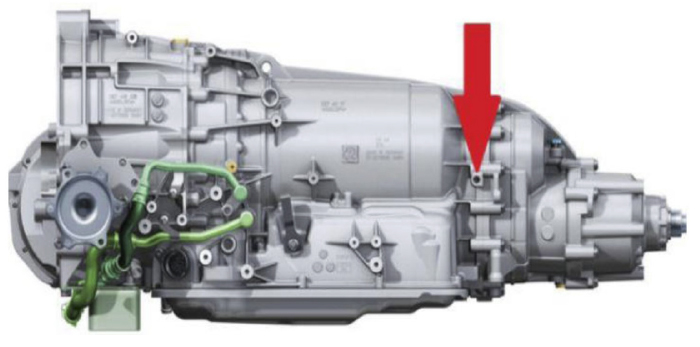By Gary Goms
Technical Contributor
The first step in checking brake hydraulics is to inspect the fluid level in the master cylinder reservoir. Although many cars incorporate a float mechanism or sensor in the reservoir that turns on a red “Brake” and/or orange “ABS” warning light on the instrument panel when the brake fluid level falls to a dangerous level, never assume that the fluid level sensor is a fail-safe mechanism.
Because disc brakes use brake fluid to compensate for lining wear at the brake caliper, a low reservoir fluid level may indicate worn brake pads. The level will also appear low if the system is leaking brake fluid. Fluid leaking from calipers and hoses will appear wet. Fluid leaking from brake drum wheel cylinders or oil from leaking axle seals will accumulate around the circumference of the brake drum. Brake fluid that “mysteriously” disappears at regular intervals is usually being drawn from the rear seal of the master cylinder into the power brake vacuum booster and may be consumed by the engine.
Examining brake fluid condition is a critical part of today’s brake hydraulics inspection. Well-maintained brake fluid should be clear with no residue coating the inside of the master cylinder reservoir. Because DOT 3 brake fluid commonly used in ABS systems is hygroscopic, the fluid actually draws atmospheric moisture through rubber seals and hoses. Brake manufacturers recommend that the brake fluid be tested for moisture by using test strips to detect the presence of water. Many auto manufacturers recommend flushing the brake hydraulic system every two years with fresh fluid to prevent corrosion in expensive hydraulic and anti-lock brake system components.
Although fluid color certainly isn’t a final determinant of fluid condition, dark brown or blackened fluid generally indicates that the system needs to be flushed. Rusty-colored fluid indicates that the fluid is contaminated with water. If the rubber-sealing gasket on the reservoir is unusually wrinkled or swollen, the fluid is contaminated with a petroleum-based solvent or oil. Because petroleum-based products attack the natural rubber used in brake hydraulics, it’s important for safety’s sake that rubber parts of the brake hydraulic system be replaced immediately before they cause an accident.










